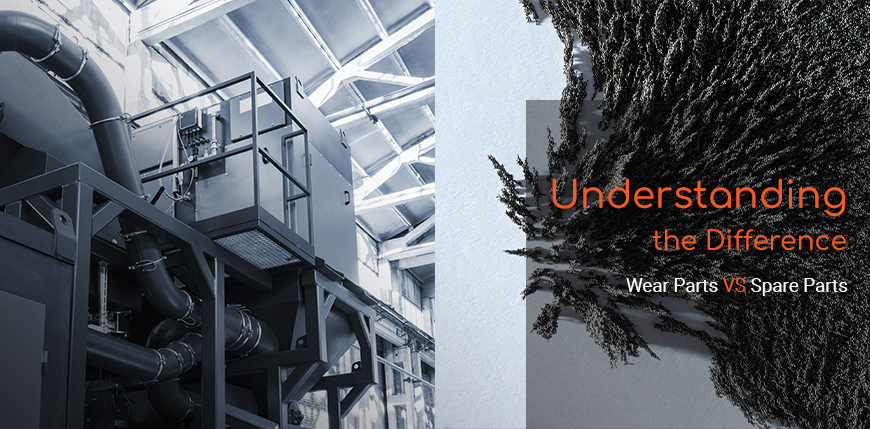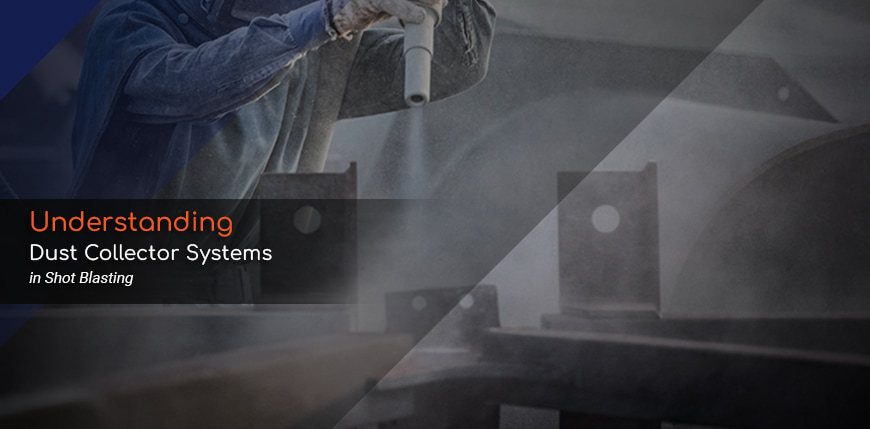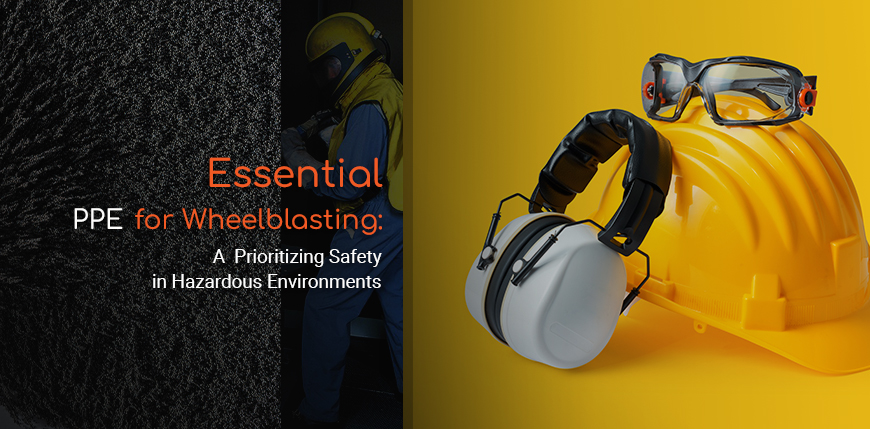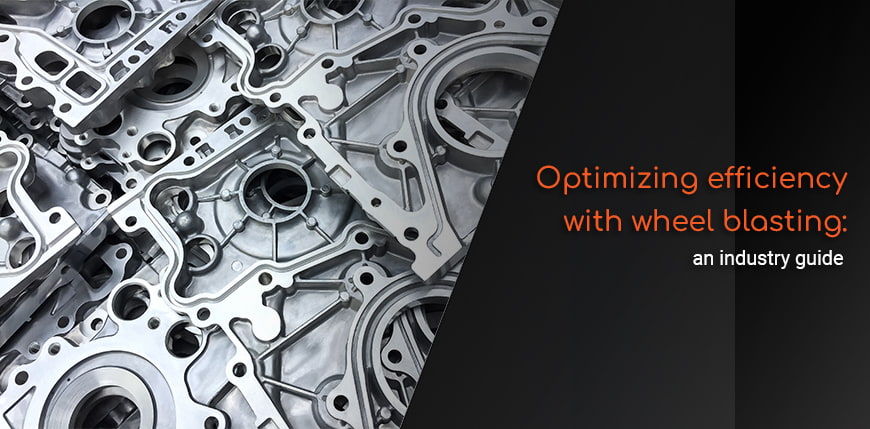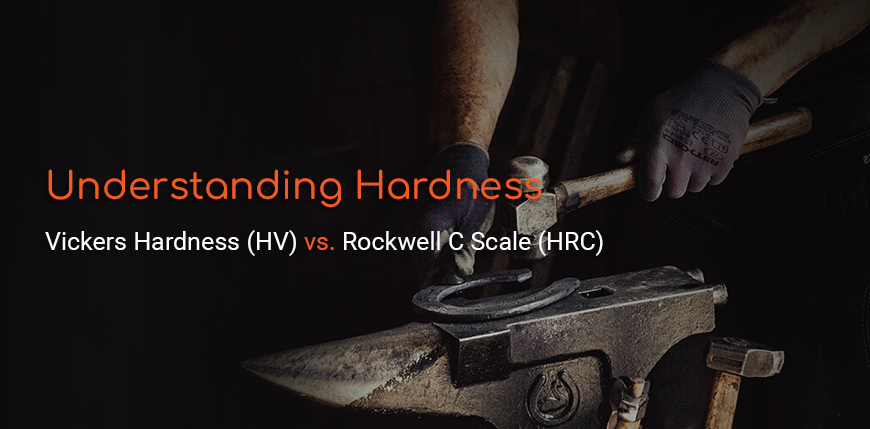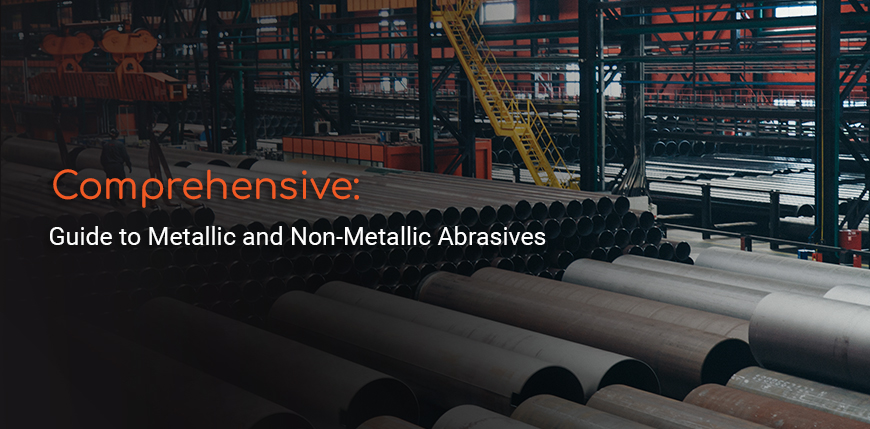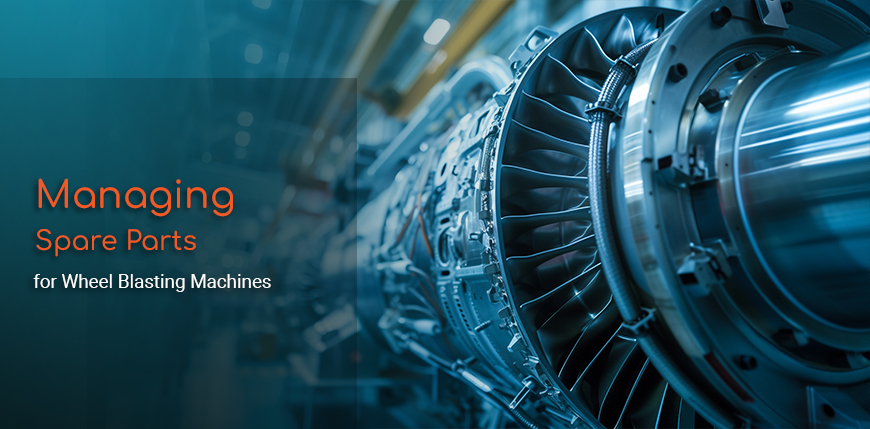
Unlike wear parts, which have predictable lifespans and require regular replacement, spare parts are components that may not need immediate replacement but are critical to the machine's operation when they do fail. Proper management of these spare parts ensures minimal downtime, optimal performance, and prolonged machine life. In this article, we will explore the importance of spare parts management, identify key spare parts in wheel blasting machines, and provide best practices for maintaining these essential components.
Understanding the Role of Spare Parts
Spare parts in https://shop-th.wabrasives.com/en/blasting-equipment/shot-blastinginclude a wide range of components that, while not subject to constant abrasive wear like wear parts, are still integral to the machine’s operation. These parts typically have longer lifespans but can fail unexpectedly due to factors such as mechanical stress, environmental conditions, or inadequate maintenance.
Key spare parts in wheel blasting machines include:
1. Conveyor screws: Conveyor screws are essential to move the abrasive from the floor to the foot of the elevator and from the top of the elevator to the air separator. A worn screw will convey less abrasive so the quantity of abrasive available in the system will be less.
2. Elevators and Buckets: These components transport the abrasive media within the machine. Worn or damaged buckets can lead to inefficient media circulation and increased wear on other parts.
3. Gliding Plates and Protective Liners: These plates protect the machine's interior from abrasion. If they become perforated or overly worn, they can lead to leaks of abrasive media and other operational issues.
4. Air Separator Valves: These valves regulate the airflow and ensure the proper separation of usable abrasive from dust and fine particles. A malfunctioning valve can lead to a loss of valuable media and decreased blasting efficiency.
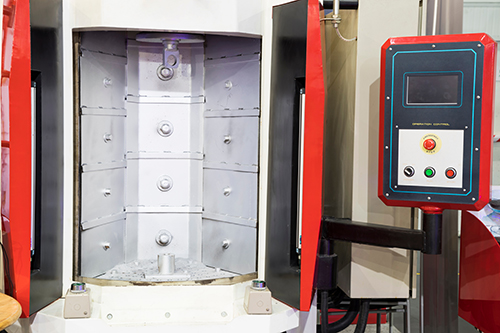

Signs That Spare Parts Need Attention
Unlike wear parts, which have specific wear indicators, spare parts often show more subtle signs of wear or damage. Here’s how to identify when spare parts may need replacement:
1. Conveying screws: regularly check if there is a thick layer of abrasive between the housing of the screw and the screw itself. A worn screw shows a jagged texture at the edge of its turns.
2. Elevators and Buckets: Inspect for any signs of wear or damage, such as thinning metal or missing buckets. Reduced abrasive flow or inefficiencies in media circulation often indicate problems with these components.
3. Gliding Plates and Protective Liners: Look for visible wear, such as thinning or perforation, especially in areas exposed to the abrasive stream. Any leaks or loss of abrasive media can indicate that these plates need replacement.
4. Air Separator Valves: If you notice an increase in dust or fine particles in the blasting chamber or a loss of media through the exhaust, the air separator valve may be malfunctioning and should be inspected and replaced if necessary.
Best Practices for Spare Parts Management
Effective spare parts management involves more than just replacing parts when they fail. It requires a proactive approach to ensure that your wheel blasting machine operates smoothly and efficiently. Here are some best practices:
1. Regular Inspections: Conduct periodic inspections of all critical spare parts, even if they appear to be in good condition. This helps to catch potential issues before they lead to machine downtime or more serious damage.
2. Keep a Spare Parts Inventory: Maintain a well-organized inventory of spare parts, ensuring that you have critical components readily available. This minimizes downtime when parts need replacement and allows for quicker repairs.
3. Use High-Quality Spare Parts: Invest in OEM (Original Equipment Manufacturer) spare parts or high-quality aftermarket alternatives. While cheaper parts may seem cost-effective initially, they often wear out faster or fail prematurely, leading to higher long-term costs.
4. Documentation and Tracking: Keep detailed records of all spare parts replacements, including the part’s lifespan and the reason for its replacement. This information helps in forecasting future part needs and planning maintenance schedules.
The Economic Impact of Proper Spare Parts Management
Proper management of spare parts has significant economic benefits, including:
1. Minimized Downtime: Having spare parts readily available and replacing them before they cause significant issues can prevent unplanned downtime, which is costly in terms of both lost productivity and emergency repairs.
2. Extended Machine Life: Regular replacement of worn or damaged spare parts helps to maintain the overall health of the machine, extending its operational life and reducing the need for expensive capital investments in new equipment.
3. Improved Operational Efficiency: Well-maintained machines operate more efficiently, with fewer interruptions and a higher quality of output. This efficiency translates into cost savings and better resource utilization.
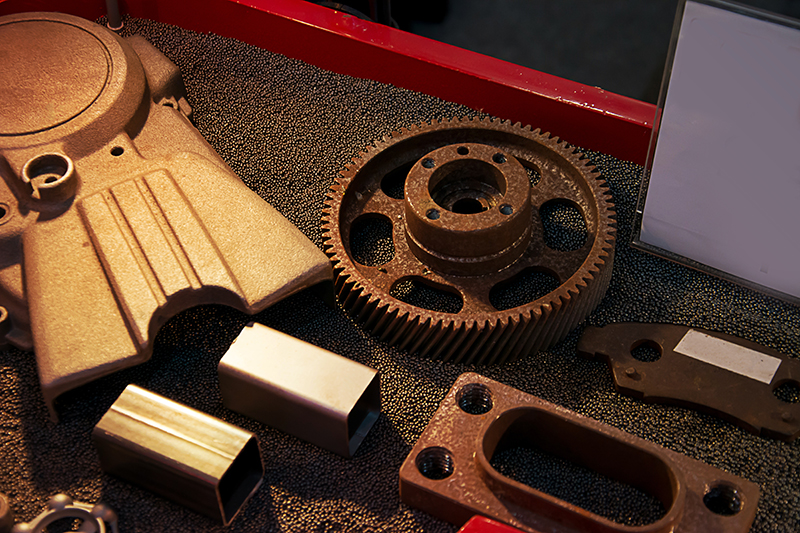

Tools for Monitoring Spare Parts
Although there are no advanced remote monitoring tools specifically for spare parts, several manual inspection tools can help assess their condition:
1. Visual Inspection Tools: Simple tools such as calipers and gauges can measure the wear on gliding plates, and screws, and bolts, ensuring they are still within safe operational limits.
2. Sieve Kits: These can be used to monitor the condition of the abrasive media, indirectly indicating the performance of components like air separator valves and elevators.
3. Thermal Cameras: These can help identify areas of the machine that are overheating, potentially indicating issues with protective liners or other components.
Conclusion and Expert Guidance
By implementing regular inspections, maintaining an organized spare parts inventory, and using high-quality components, you can ensure that your machines continue to perform at their best. While the upfront investment in spare parts management may seem significant, the long-term benefits far outweigh the costs, leading to more reliable operations and lower overall expenses.
For further assistance and advice on spare parts management and other aspects of wheel blasting machine maintenance, consulting with industry experts can provide valuable insights and help you implement best practices. This approach ensures that your equipment remains in top condition, delivering consistent and high-quality results.



